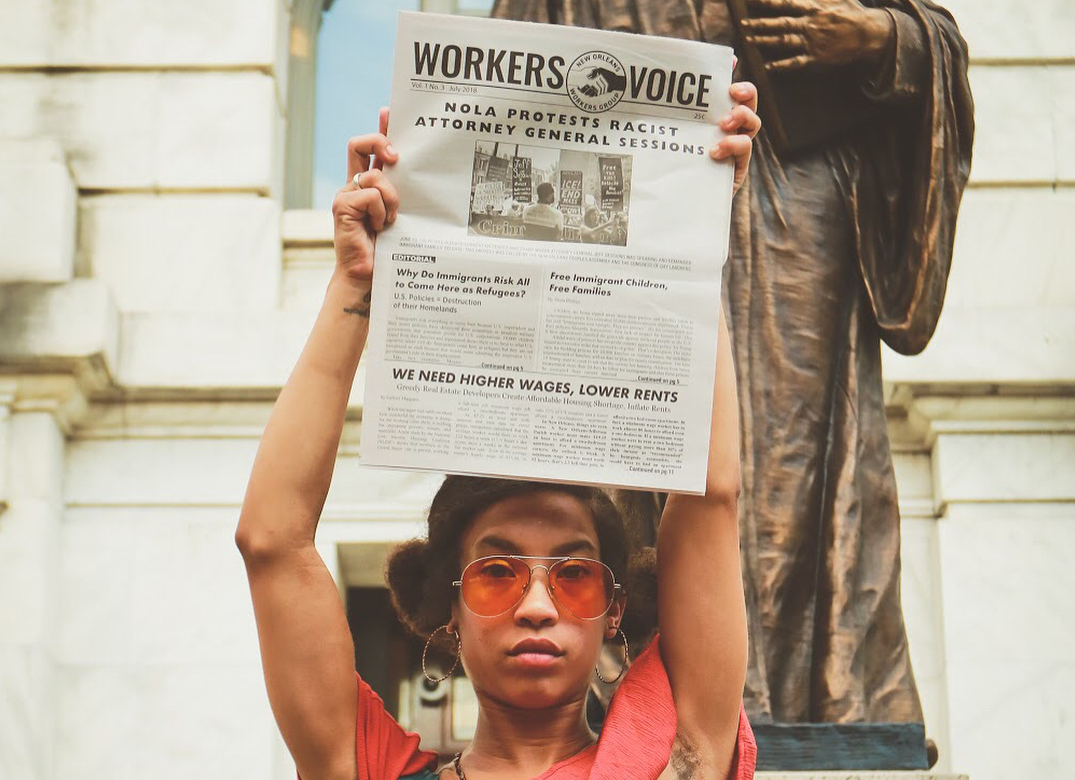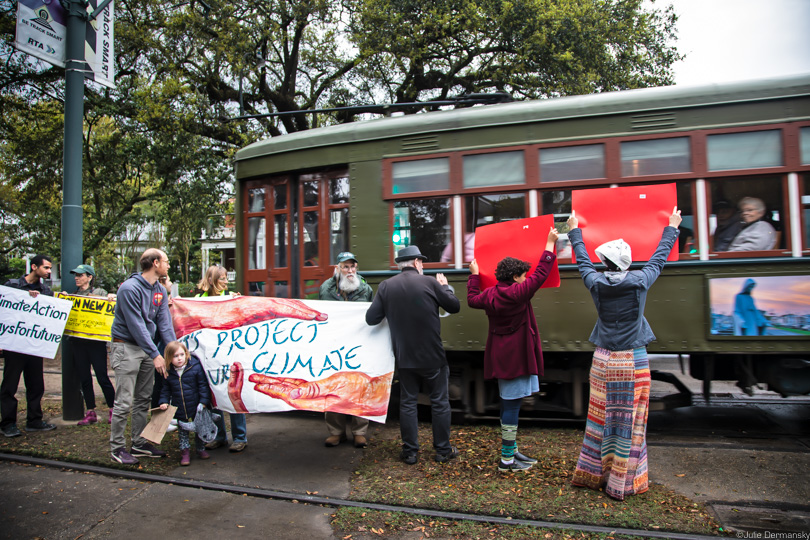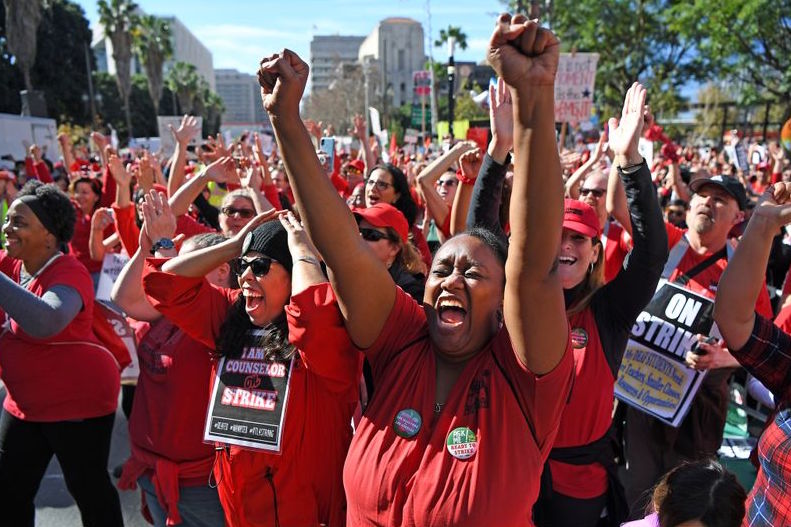
On March 27, hundreds of Uber and Lyft drivers staged a one-day strike to protest cuts that Uber made to drivers’ pay rates. As the company goes on a spending spree buying up its competitors around the world (Uber just shelled out $3.1 billion to buy out a competitor company based in Dubai), struggling drivers in Los Angeles and part of nearby Orange County are having their per-mile compensation cut by 25 percent. There are an estimated 30,000 full-time app-based drivers in Los Angeles alone.
The strike was organized by LA Rideshare Drivers United, an organization with a membership of nearly 3,000 drivers in Los Angeles. They are demanding a $27.86 minimum (pre-expenses) hourly rate and a 10 percent cap on the commission that the companies take for each fare. This follows the recent success of organized workers in New York City who won a $17.22/hr wage (after expenses)— the first minimum pay rate for app-based drivers in the country. The Independent Drivers Guild, which represents about 70,000 app-based drivers in New York City, expects its full time drivers to get an extra $9,600 a year from the pay raise.
Because Uber and Lyft have gotten away with classifying workers as independent contractors, the companies haven’t had to pay minimum wages to their employees or provide them with overtime, workers’ comp, family leave or sick pay. In fact, the majority of app-based drivers make less than the minimum wage in their state. But the drivers won’t stand for it much longer; they have shown that when they get organized for a fight, they can win.





